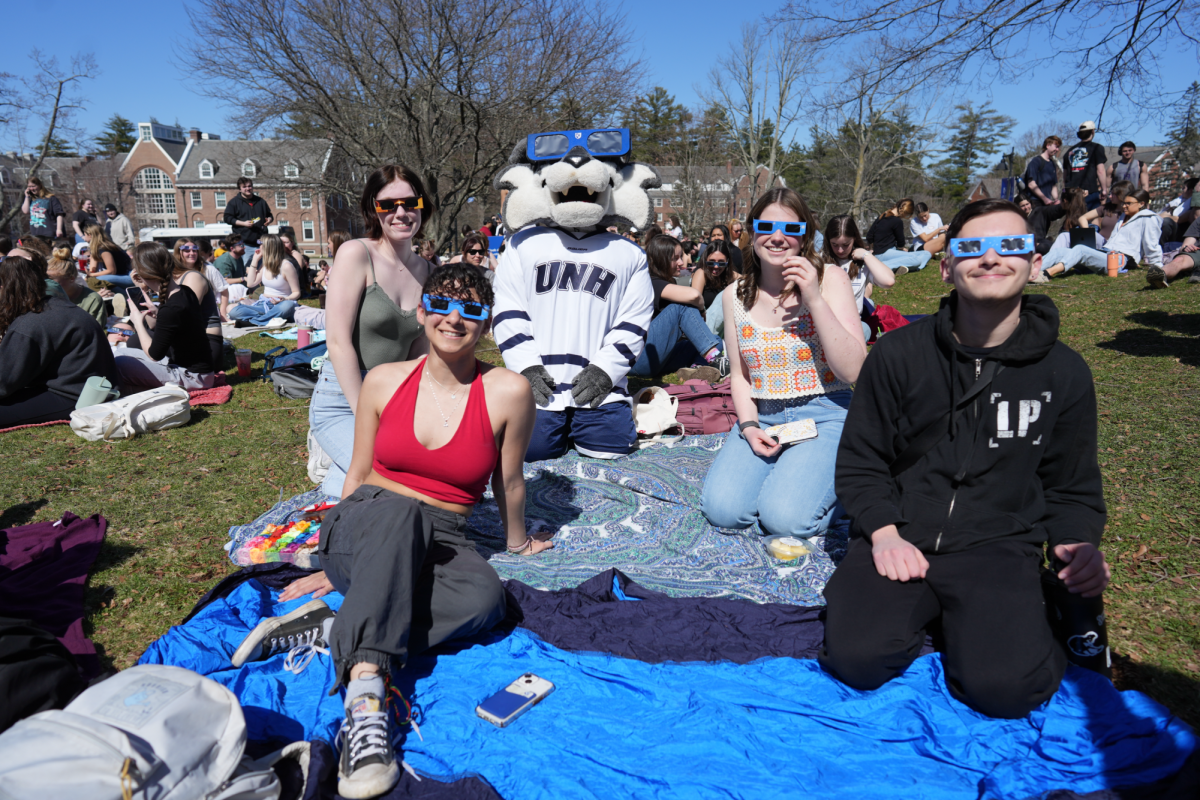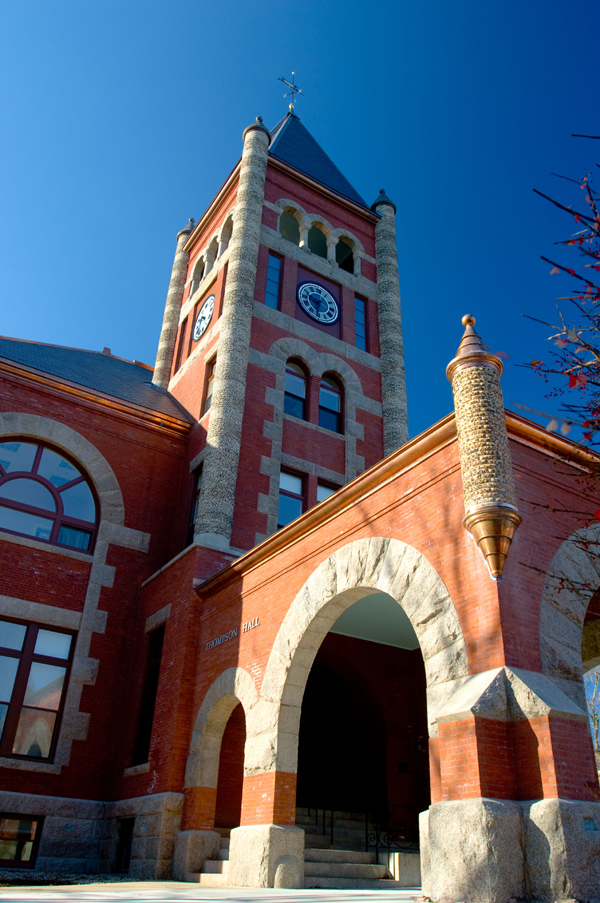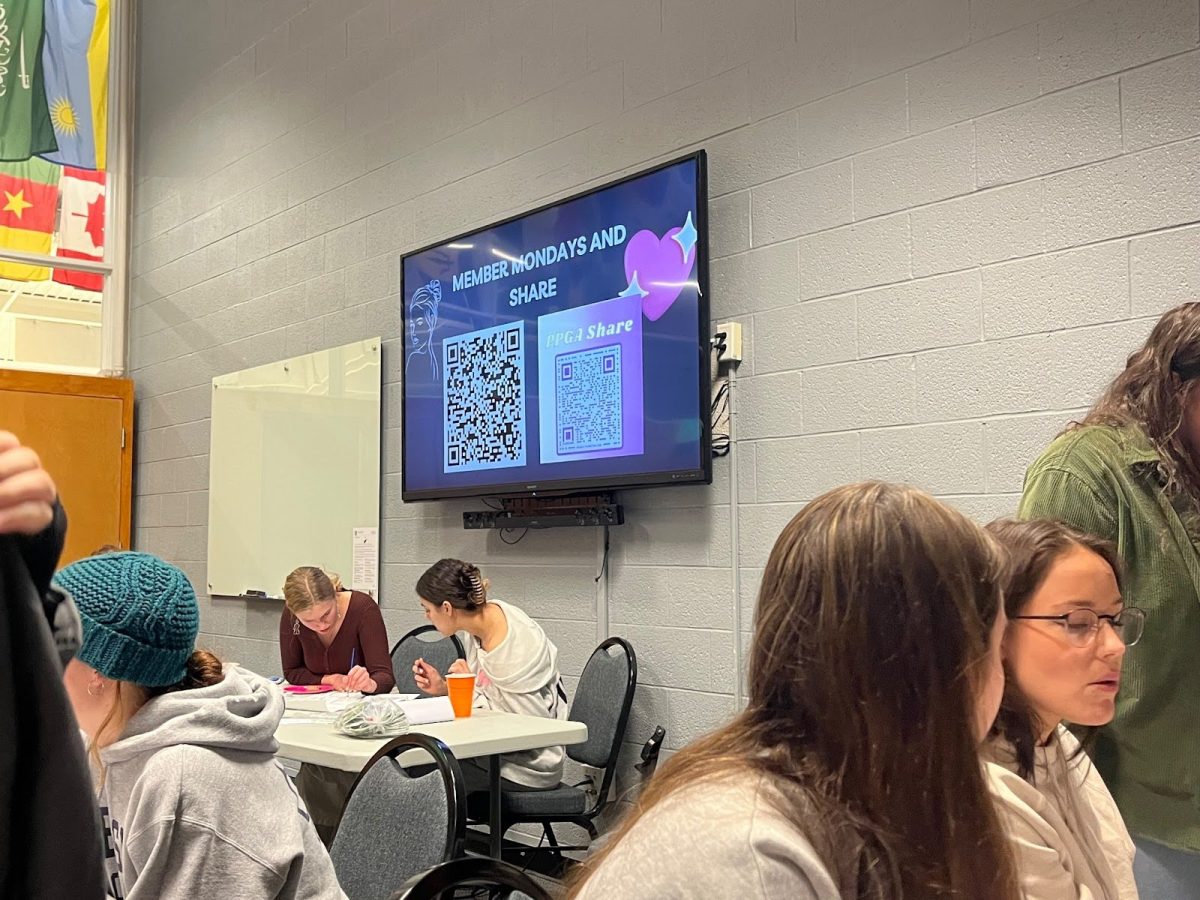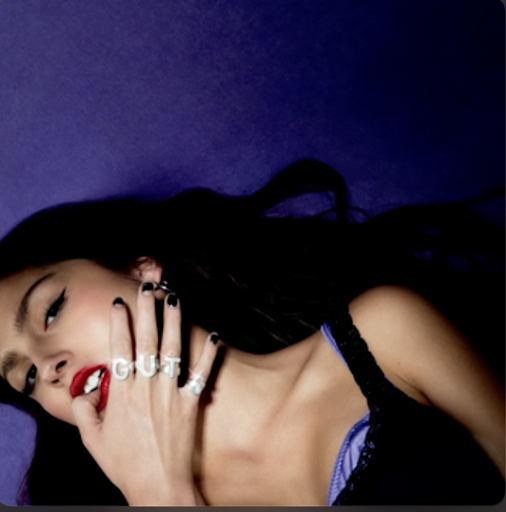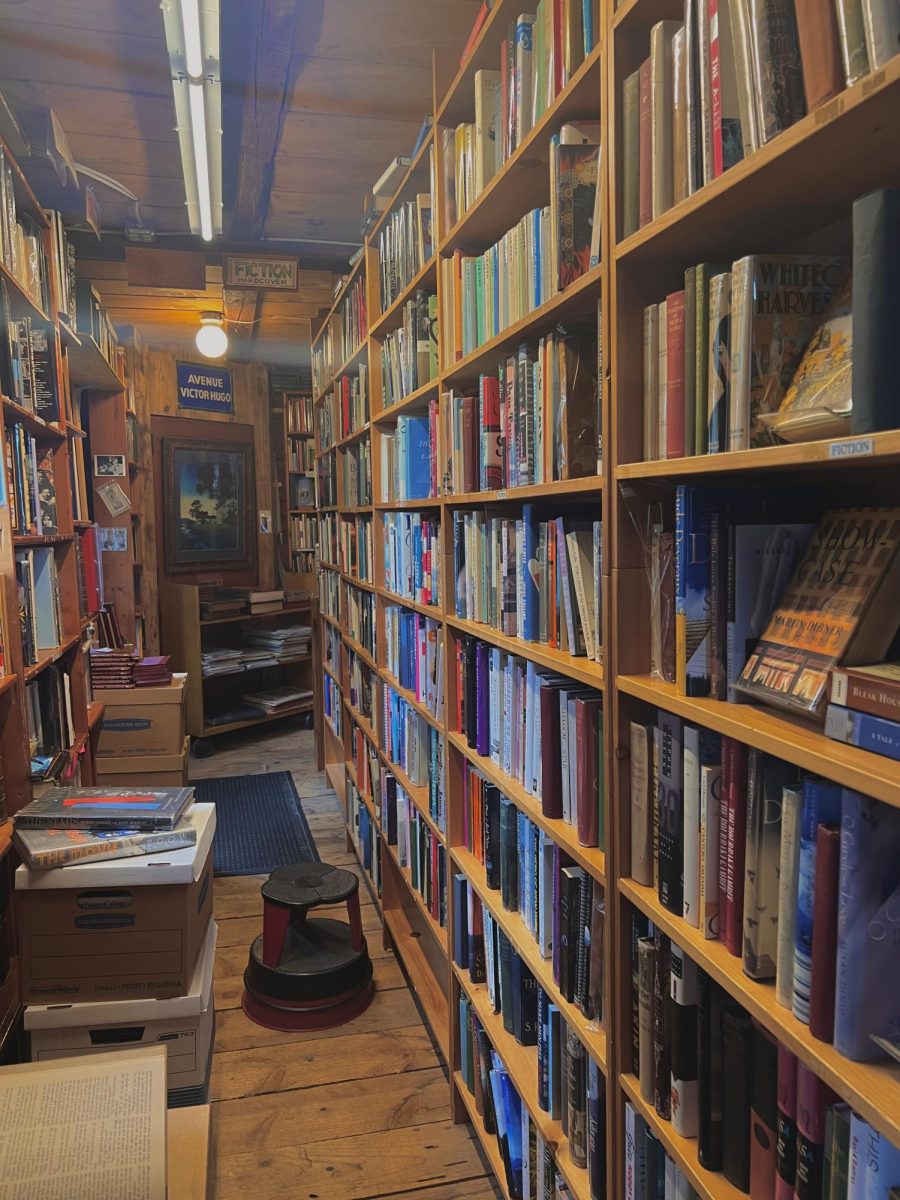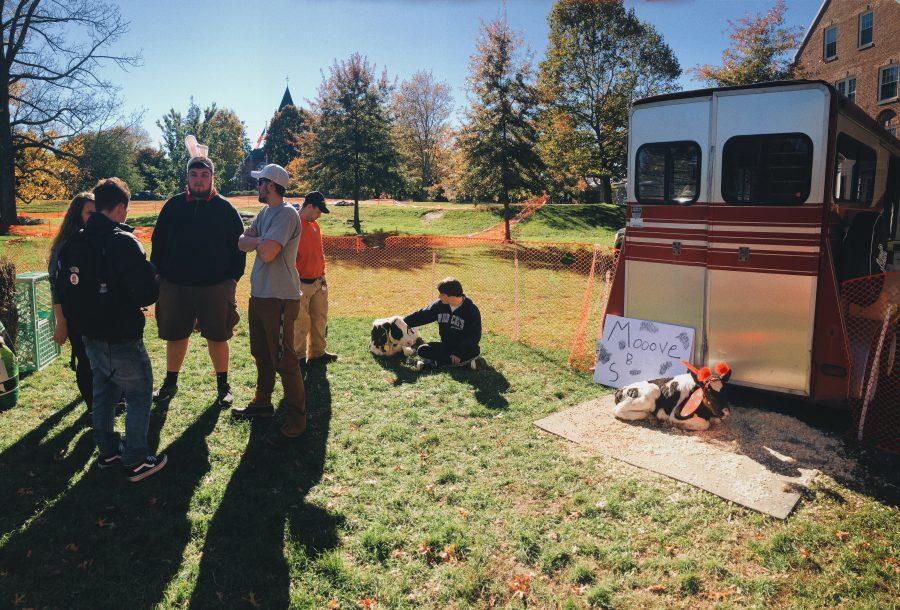On Aug. 31, the UNH Museum of Art opened up “7,000 Miles From Durham,” an exhibition highlighting African and Indian material culture.
The showcase features utilitarian and ceremonial objects belonging to the Lozi people of Barotseland in Africa, as well as colorful Mughal and Rajput paintings depicting life in India during the 17th-19th centuries.
The artifacts on display were donated to the museum by late UNH faculty members Margaret Carson Hubbard and Marion E. James, both renowned travelers and scholars who spent decades exploring and researching African and Indian culture, respectively.
“We wanted to celebrate the 150 year anniversary of the University of New Hampshire by showcasing the work done by two great women who have worked here,” Museum of Art Education and Communication Manager Sara Zela said. “They were both enormous supporters of the museum and displaying their work is part of our mission to teach.”
Hubbard discovered her passion for Africa in the 1920s while living with her family in Rhodesia and Mozambique, where she captured and sold wild animals to zoos, and also made films. This passion later turned into a career as she focused her attention on Barotseland, a remote area in Rhodesia, now known as Zambia. Her goal was to document the unique heritage of the Lozi people who, unlike most African tribes during this time period, remained untouched by European colonial influence.
One aspect of Lozi culture that Hubbard found particularly interesting was the “likishi dancer.”
Initially performed as a “coming-of-age” ritual, the Likishi dancer represents a female spirit, though men always perform it. The complete costume consists of a mask, a full-body costume made of red and black bark fiber, padded breasts, seedpod rattles and metal bells.
The performance represents a beautiful, gentle woman who instructs drummers to accompany songs and dances while engaging the public. They would also routinely climb poles and roll in the embers of a fire to showcase their supernatural abilities. Many pieces of the likishi dancer’s costume are on display in the Museum of Art.
The second section of the exhibit is dedicated to James, a travelling art collector and professor of history at UNH for 30 years, and her collection of paintings from India that represent Rajput, Mughal and fusion styles.
Paintings in Rajput style share many qualities with traditional folk art, such as bright colors, sketchily drawn figures and simple compositions meant to illustrate the text of the great Hindu epics.
Rajput style was often combined with Mughal influences. Named after the Muslim dynasty that invaded India in the 16th century, Mughal paintings are distinguished by the exquisite detail in drawing and painting of figures and setting, often drawing from European techniques of shading, modeling and perspective.
James’ collection consisted of various paintings in this hybrid style depicting court life, hunting and battle scenes.
“7,000 Miles From Durham” will be on display until Sunday, Oct. 16 in the Museum of Art located within the Paul Creative Arts Center.
Follow Us on Twitter
Exhibition of African and Indian art opens in UNH MoA
October 13, 2016
Leave a Comment
More to Discover

